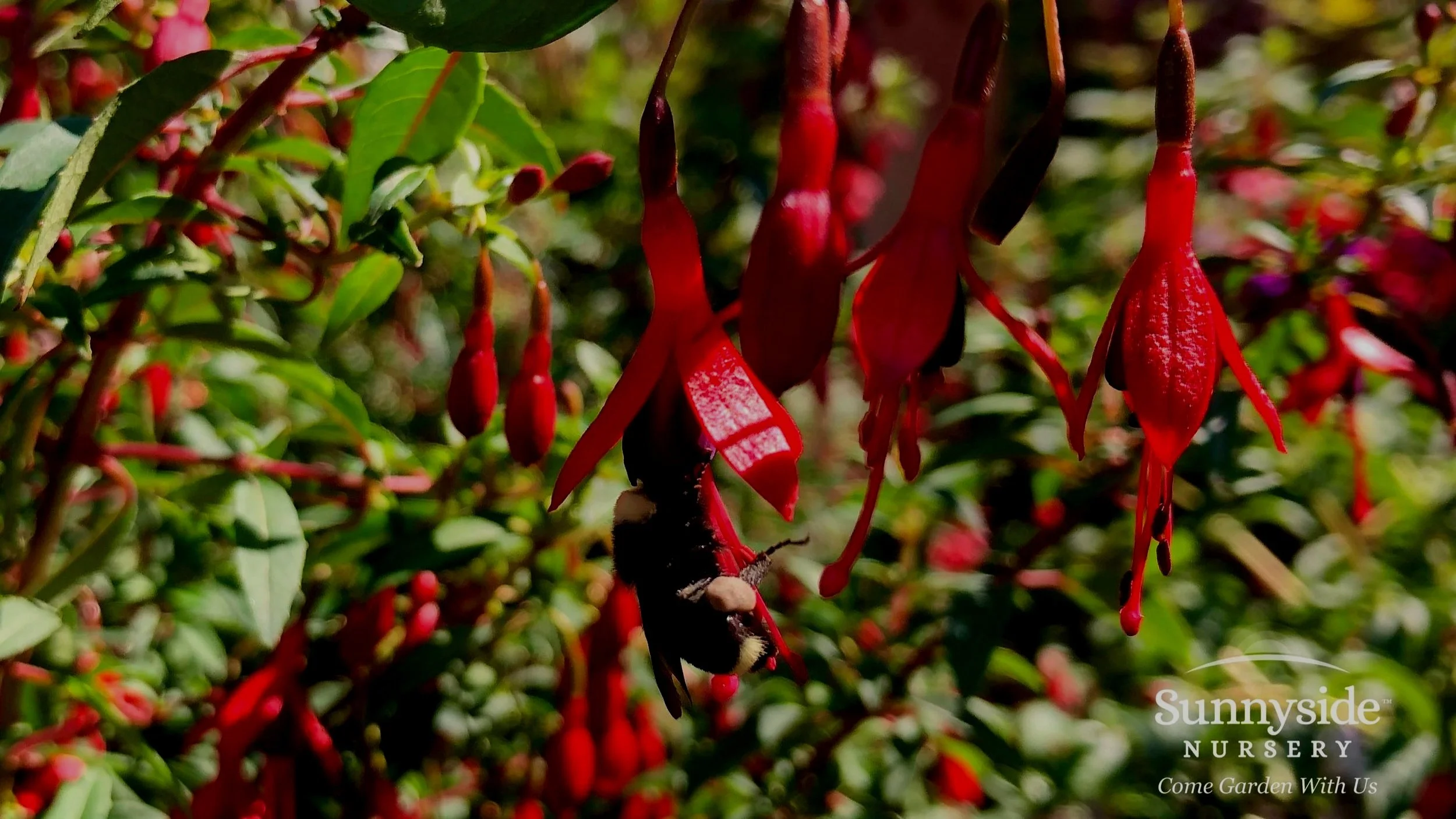There are lots of tasks we could dwell on for the month of February, including nipping weeds in the bud, planting early blooming perennials, controlling moss in the lawn, and general clean up of any left over debris from winter. But by far, the most important task of all is pruning. I do the vast majority of my pruning in the month of February, so let’s drill down to some specifics…
Generally speaking, we prune deciduous shrubs and trees in the winter when the leaves are all gone and we have a better view of the branching patterns. For ornamental plants, like Japanese Maples and shade trees, where we are not concerned about flowers or fruit production, February is the perfect time to sort things out. The goal is to work with the natural growth patterns of the plant and to focus on thinning out congested limbs that are crossing or are too close together - think in terms of “opening up” the center and removing any limbs that are out of balance. If you feel like you have to cut back lots of branches to make your plant “fit” into its space, then most likely you have the wrong plant in the wrong place.
The goal for fruit trees is the same in terms of opening up the center and spacing out the limbs, but we also need to be cognizant of where the fruit is produced so we don’t remove all the fruiting wood. This can get complicated, so either visit your favorite garden center for more instructions or check out some YouTube videos. Whatever you do, get it done this month.
For flowering shrubs, we need to know when they bloom before we prune. Summer blooming shrubs, like roses, PG hydrangeas and butterfly bushes, need to be cut back “hard” now which will help stimulate new growth - this new growth is what will produce the flowers this coming summer. For spring blooming shrubs, like rhododendrons, azaleas, forsythia, quince and a whole host of other spring bloomers, they should be pruned after they finish blooming. By pruning after bloom, they have all season to grow and set buds for the following spring. If we wait to prune in the fall (or even late summer), we run the risk of removing all the flower buds. In the case of flowering plants, timing is very critical.
Summer blooming heather, which bloomed last fall and early winter, should be sheared this month to remove all of the spent flowers. This will tidy up the plant and help to produce a nice uniform set of blooms this coming August. As for winter heather that is still in full bloom, wait until around May to shear it back.
Ornamental grasses that went dormant after the first hard frost need to be cut down almost to the ground now. Don’t wait any longer or you will have a huge mess to clean up in the yard. Evergreen grasses like many of the sedges can be lightly sheared if they are looking rough - this is especially true with pampas grass after the very hard freeze we experienced this year.
As for the rest of our perennials, the “mushers” can be cleaned down to the ground and the “sticks” can be cut down to within 6 to 12 inches of the ground. Once the new growth starts to emerge, the rest of the twigs can be removed.
For winter interest plants like our red twig dogwood, I like to cut it down hard in March after I have enjoyed its brilliant red stems.
So, sharpen up those pruning tools and get on it, time is wasting! And remember to stay safe and keep on gardening.




